Dear Wexner Center for the Arts Film/Video Department,
I am writing this post for the gallery B side as an open letter to you in request that you show Wu Tsang’ 2012 short film For how we perceived a life (Take 3) as part of your online programming.
Back in Fall 2013, during the visiting exhibition Blues for Smoke, Gallery B housed Carrie Mae Weems’ photographic series Family Pictures and Stories 1982-4) along one wall, and a selection of Mark Morrisroe’s bleached prints and negative sandwiches from the same decade on the other wall. As the end of the gallery, four monitors screened a selection of films and videos, including Richard Pryor stand-up routines, music documentaries and episodes of The Wire (2002-8).
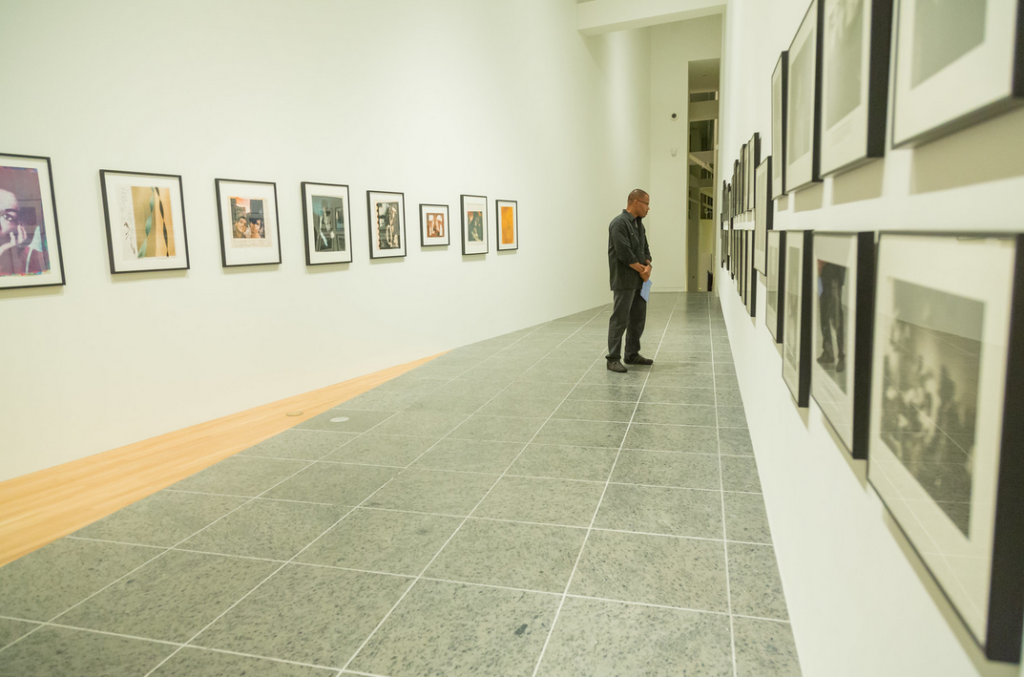
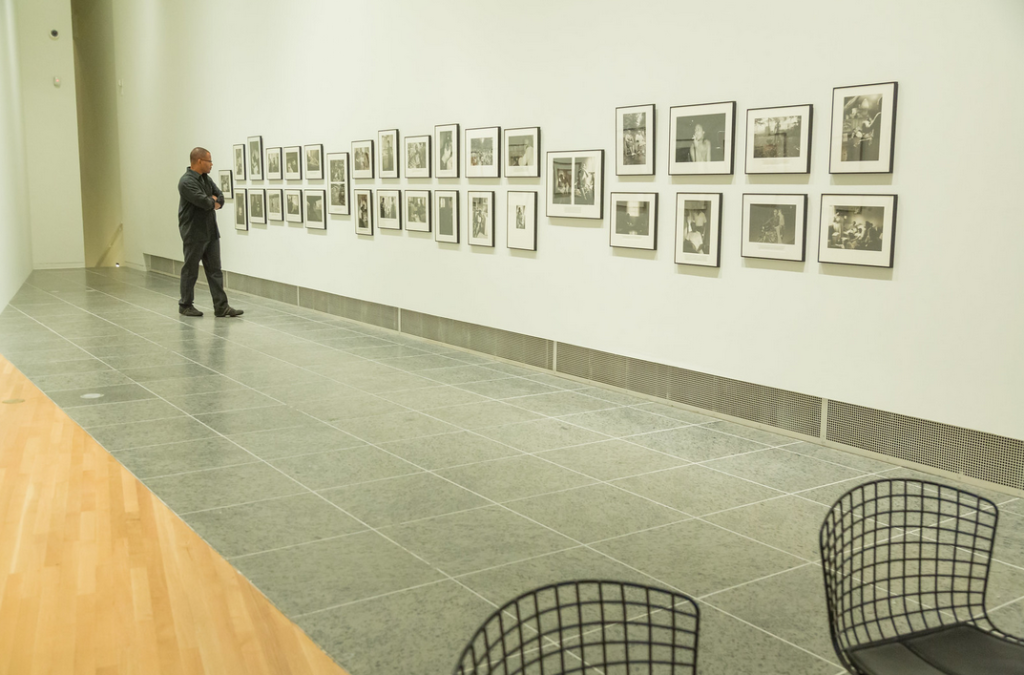
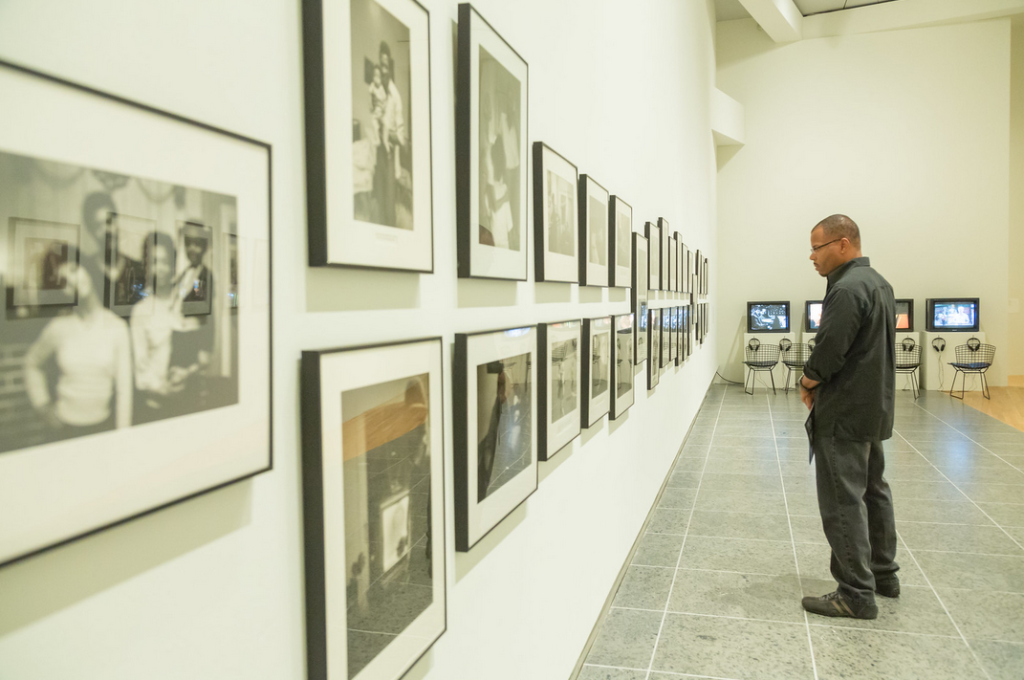
In his contribution to the exhibition catalog called ‘The Wire and the Blues’, participating artist Glenn Ligon juxtaposes the opening scene from the first episode of the TV series with a moment in Jennie Livingston’s Paris is Burning (1990), which, as you know, is a documentary about the New York City voguing subculture of the 1980s.

This is white America. And when it comes to the minorities, especially black, we as a people for the past four hundred years is the greatest example of behavior modification in the history of civilization. We have had everything taken away from us and yet we have all learned how to survive.
Now I know that you have screened Paris is Burning before, along with a panel discussion in a program called Topics in Black Masculinity: The Fierceness of Black Sexuality, Black Gay Identity, and Black Sexual Freedom back in February 2018. However, did you remember that this film had a presence at the Blues for Smoke exhibition, and not only in of Mark Bradford’s epic 2010 collage Paris is Burning.

At the slender lower entrance to gallery B, the Wu Tsang’s film Mishima in Mexico” (2012) was shown on loop.
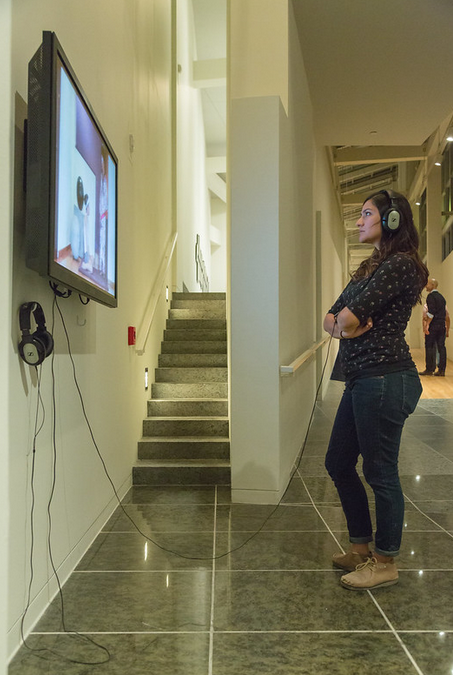
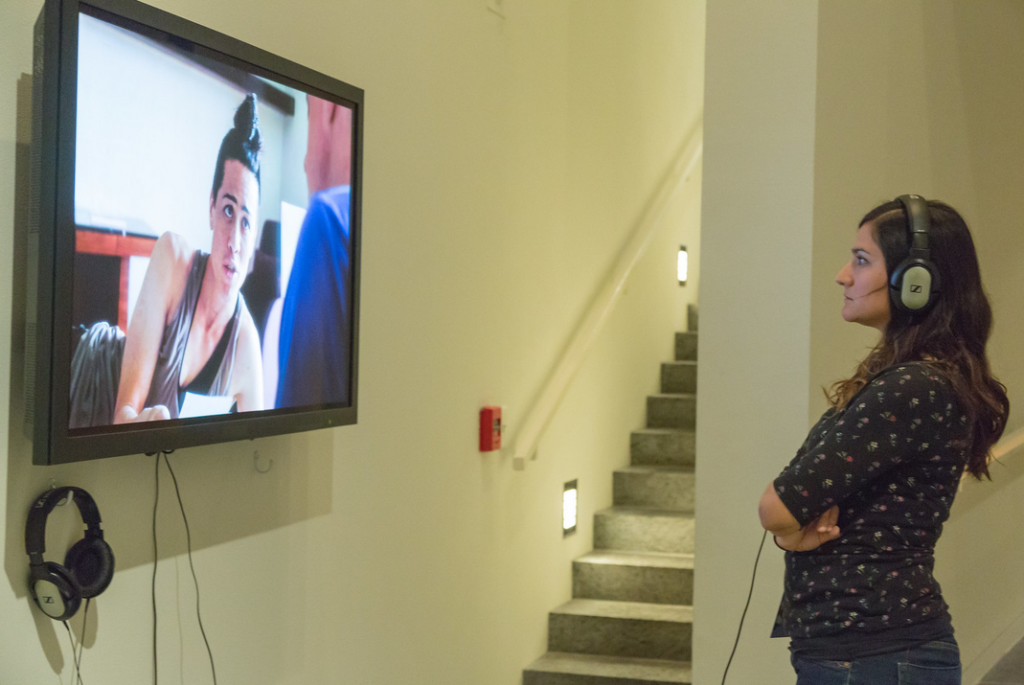
However, in the catalog and its checklist, the film by Tsang included in the exhibition was For how we perceived a life (Take 3) (2012), a film that embodies an extended quotation from Paris is Burning, including the passage quoted by Ligon.
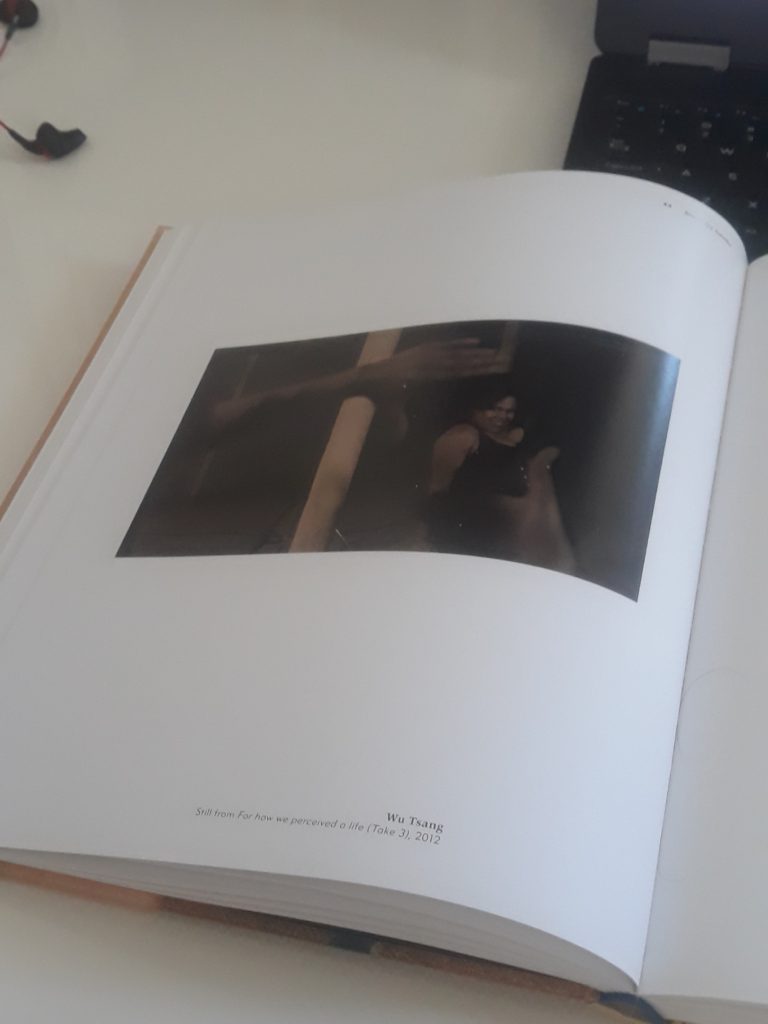
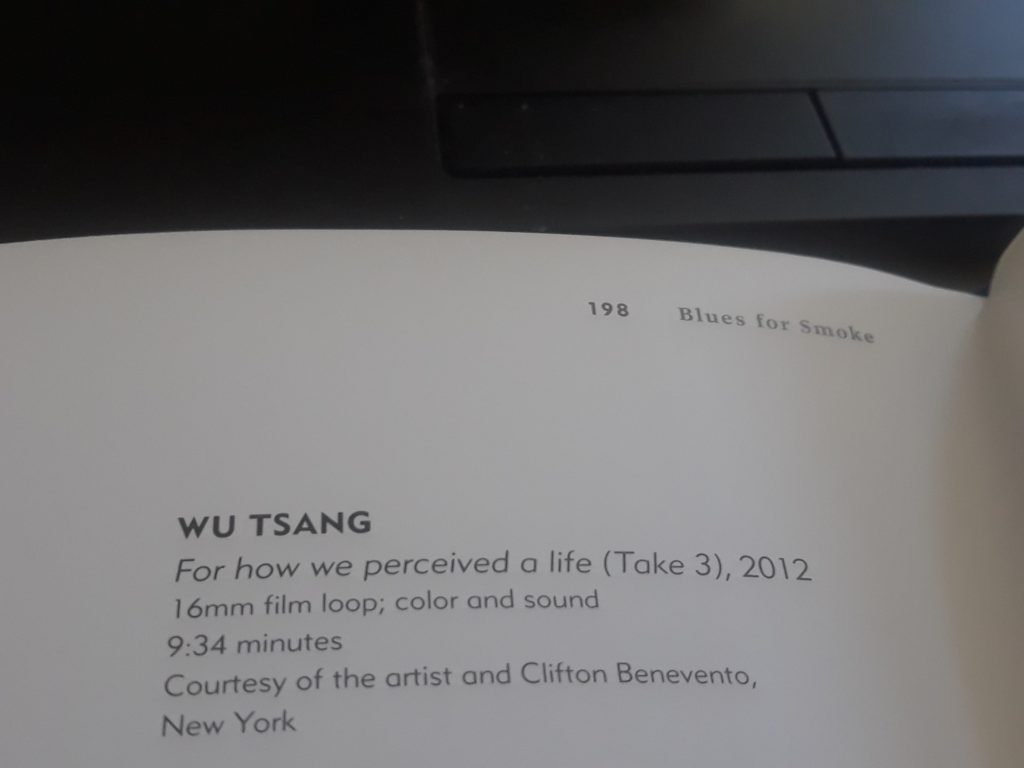
While you would have to ask your colleagues in the Exhibitions department (or the artist or the exhibition curator Bennett Simpson) why the film pictured and listed in the catalog was changed (both at the Wex and, as far as I can tell at its other venues), I am writing to suggest to you that now, as the Wexner Center’s programming gives a wider audience to often marginalized creators, would be a vital moment for the Wexner to show Tsang’s original film on its online platform. As Tsang has in the past been a recipient of postproduction support from the Wexner Center’s Film/Video Studio Program (for their 2012 film Wildness), showing For how we perceived a life (Take 3) would further highlight the Wex’s commitments to diverse voices and visions, past, present and future.
Thank you for your time and consideration.
Best wishes, Minus Plato